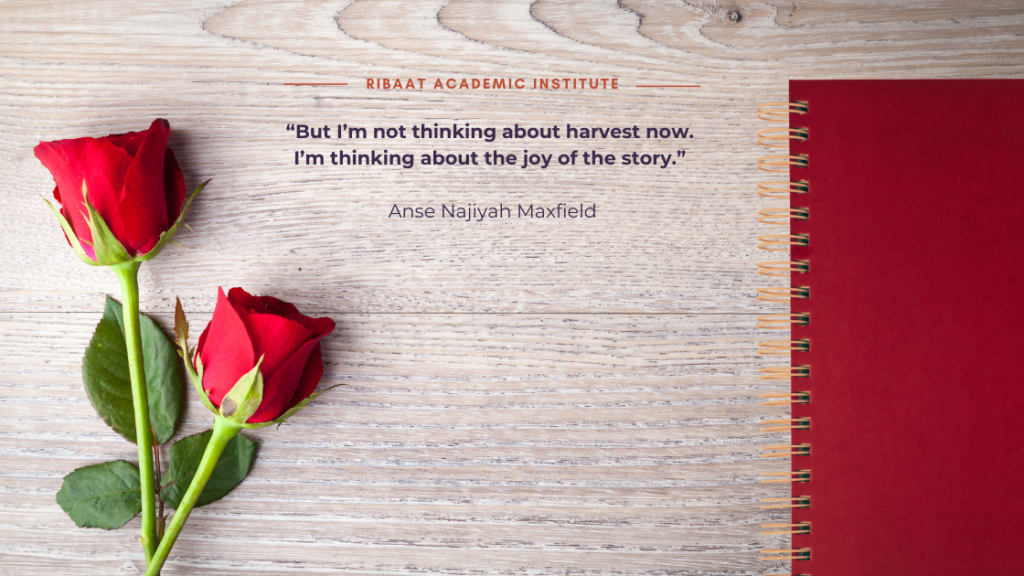If there’s one thing I learned from writing Sophia’s Journal, it is that a story idea is just a seed. It is small and dry and, if left on its own, will remain so. In order for it to sprout, it needs the soil of deep thinking, the water of dedicated writing time, and the sunshine of enthusiastic revising. And that nurturing it as it grows is a treat. I understood this truism well, but I lost touch with it somewhere along the way.
For years when I looked back on the writing of Sophia’s Journal, I saw it through a romantic haze. A swirl of miraculous inspiration. “I had a story in me,” I’d say, “And I had to get it out.” I remembered sitting down to write and being blessed with the flow of creativity. It was like entering an altered state where I delighted in the story as it rushed through my fingertips to get onto the page. Which is a nice visual, but only served to prevent me from starting another book.
To my dismay, I didn’t have another ready-made story idea burning a hole in my pocket. And when I thought of a few (really good ones, actually), a malicious voice always overrode my enthusiasm: This idea requires too much research… That one has a good premise but where would it go from there? And worst of all, You did it once, but you know you can’t do it again. The voice paralyzed me for years.
Then I remembered my red spiral notebook.
I remembered that it took me five years to write Sophia’s Journal, and that for a good bit of that time it existed only in my red notebook. That notebook was where I jotted down details when I visited historical museums, took notes when I watched documentaries about Bleeding Kansas, and copied excerpts from the diaries of pioneer women. It was even where I wrote the first several opening chapters (that all got scratched).
I remembered that I wrote myself into several corners and had to find a way to resolve all the conundrums that cropped up, lest Sophia never see the printed page. I remembered standing at the sink doing dishes, making mental notes to look up when safety pins were invented and how to use an epi-pen. I remembered that I was curious and patient with myself and reveled in the process without worrying about the outcome.
But when the time came to think about a sequel or another book altogether, there was a new pressure. I knew what kind of work it took to bring a book to publication, and people thought I could do it. But the voice said otherwise. So in order to not let the people down, I let us all down. Then I spent a lot of time mourning the years I’d wasted. Are you detecting a pattern here?
So now I venture boldly back into writing. I’m preparing my little plot with research, planting the seed of the story, watering it with lots of writing time – which will allow it to blossom in both pre-planned and unexpected ways insha Allah – and then I will shine the rays of courageous revising on it. When the manuscript is ready, I’ll do the hard work harvesting with the typesetter, the cover designer, and the printer. But I’m not thinking about harvest now. I’m thinking about the joy of the story.
Laurence Sterne said, “I write the first sentence and trust in Almighty God for the second.” So here I go, trusting in Allah for them all. Come join me and let’s cover the earth with the bountiful, nourishing stories of Muslim women! Sign up to receive Zoom links to the Rabata NaNoWriMo online community gatherings at rabata.info/nanowrimo
Najiyah Maxfield
Head of Publishing
Daybreak Press, Rabata



